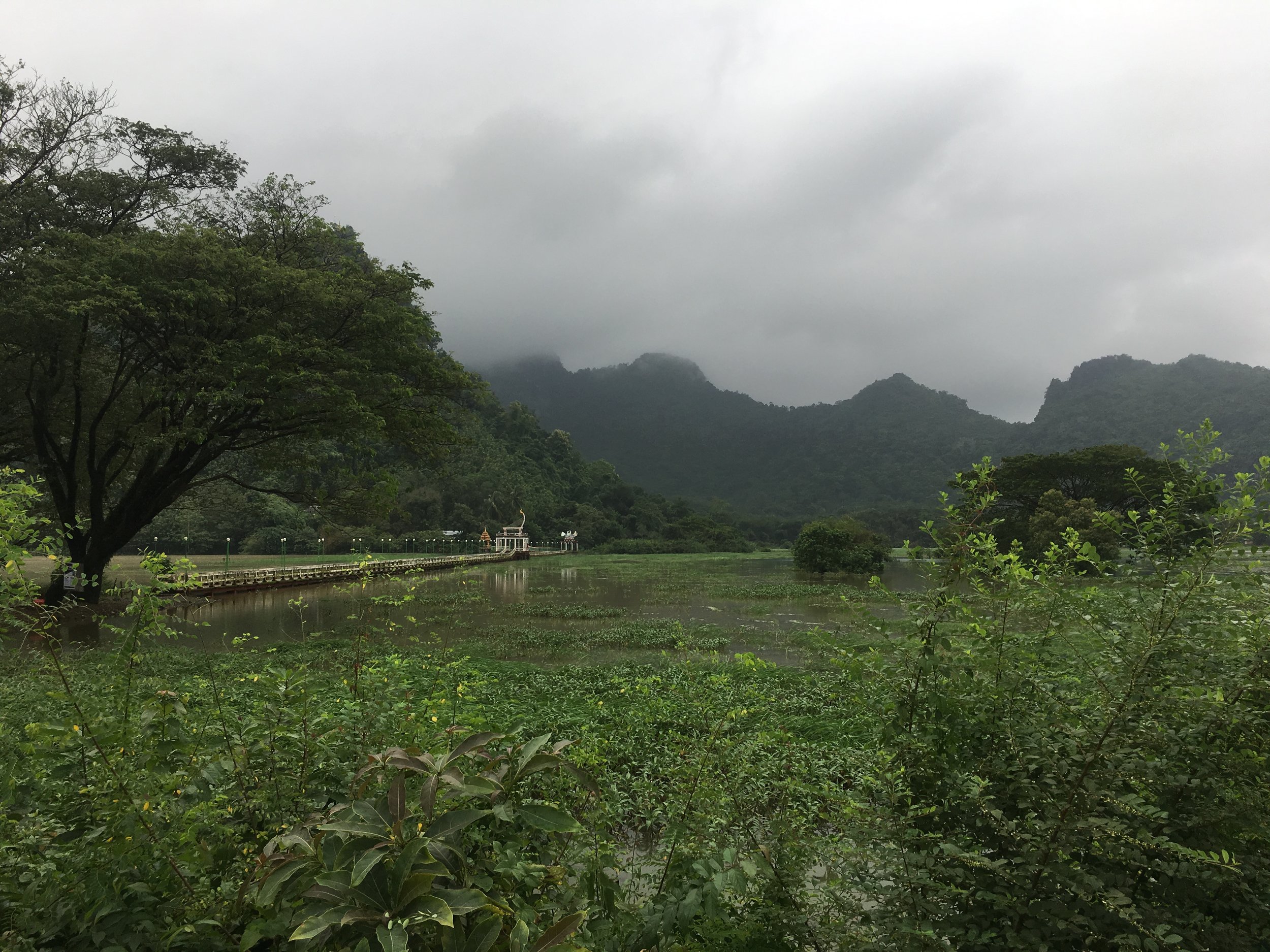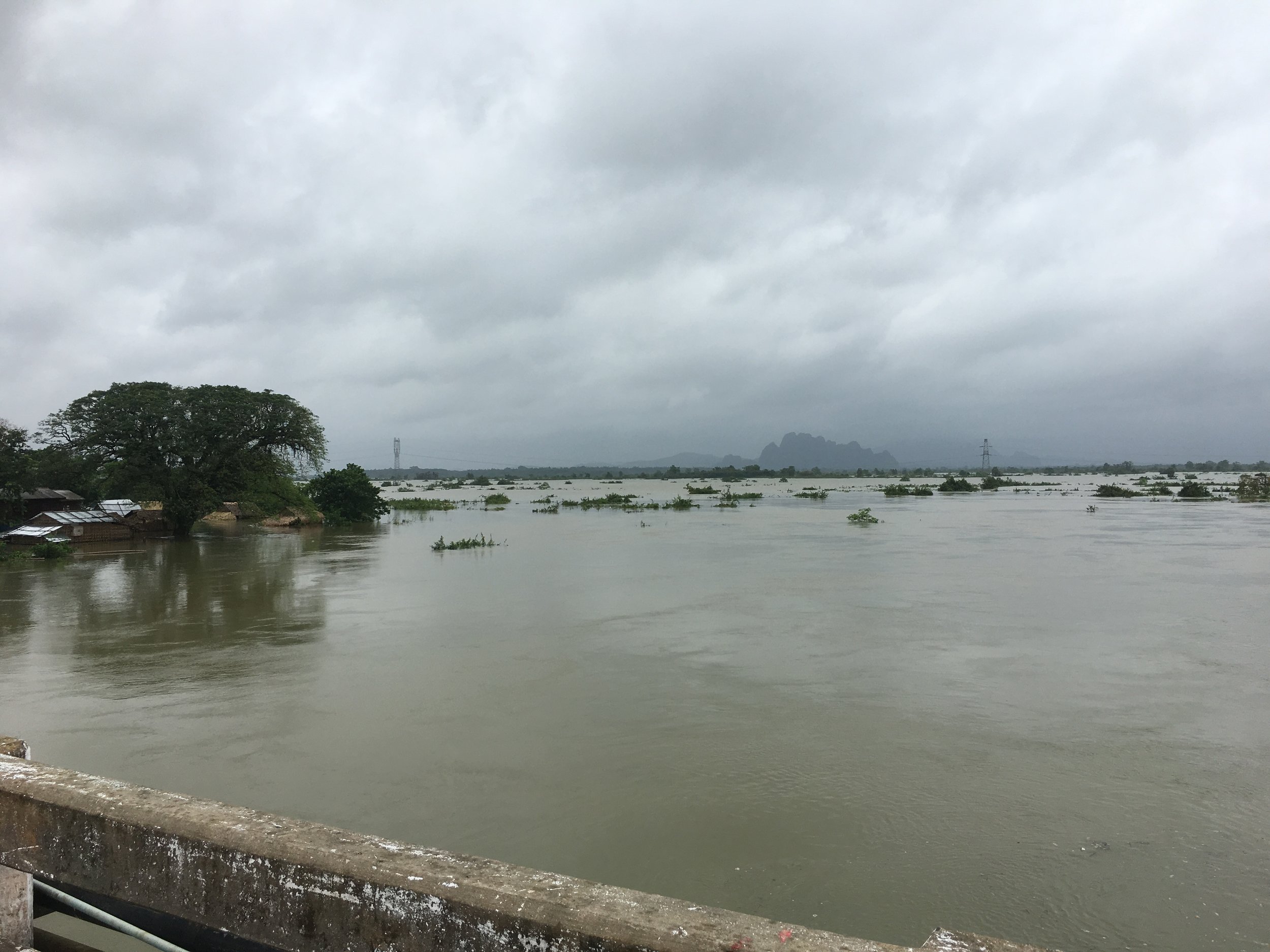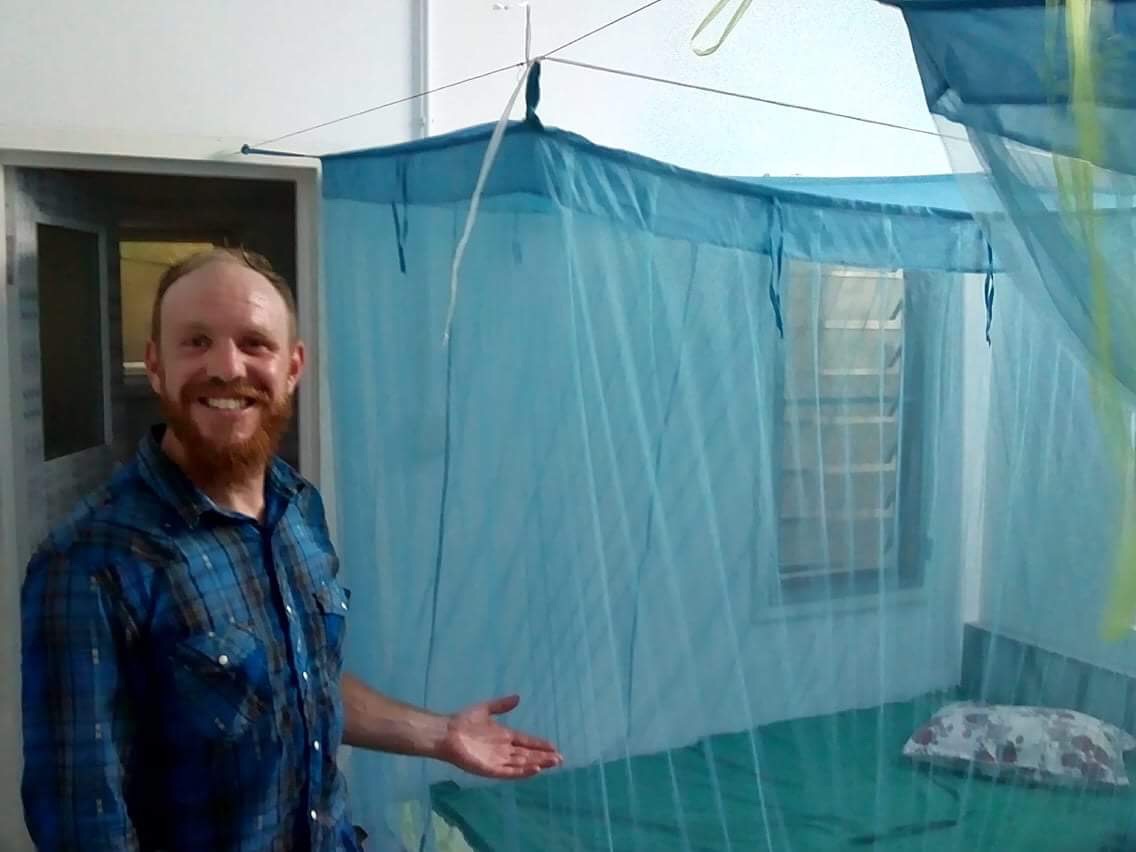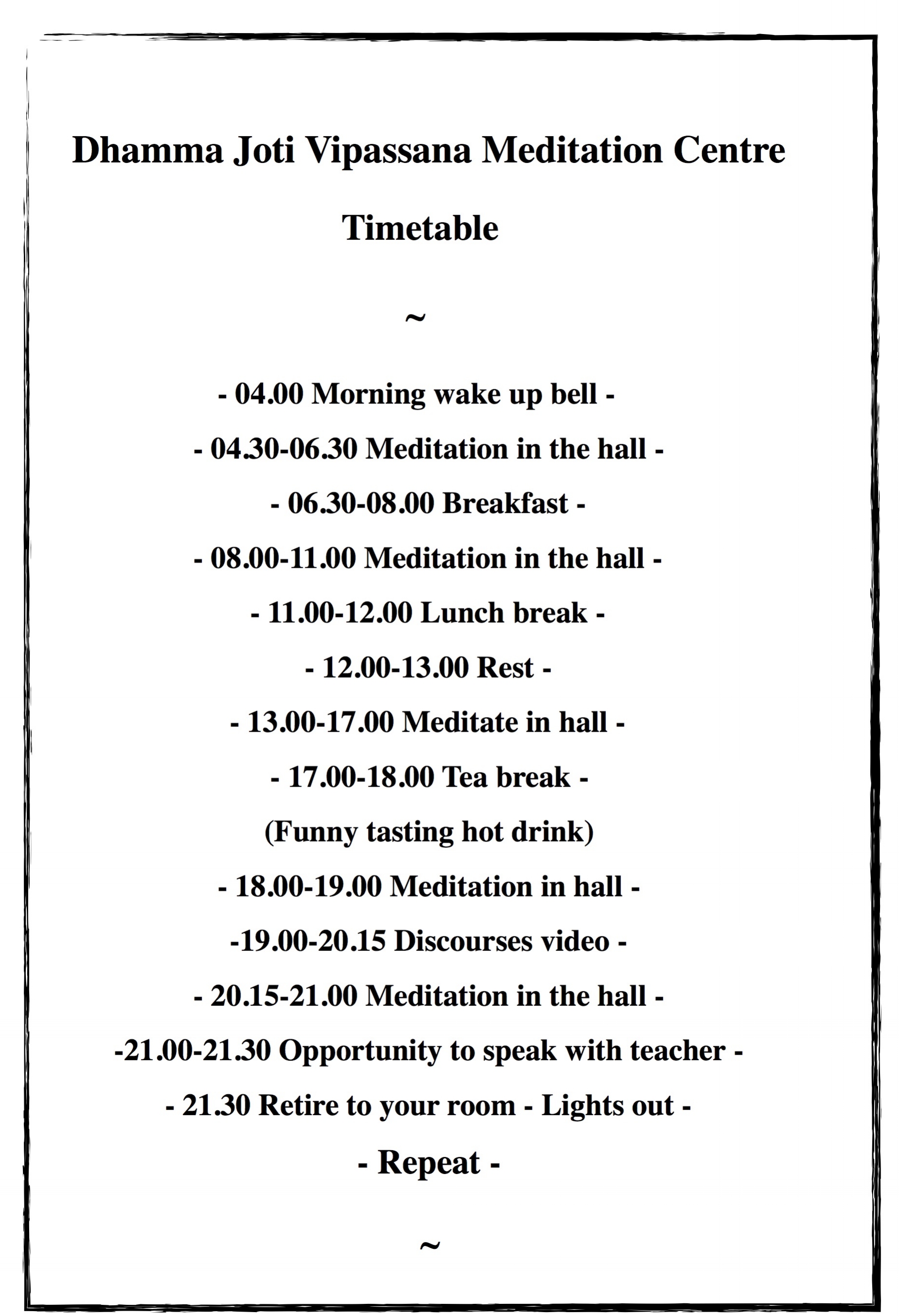Myanmar, a ride on the wet and wild side
25/07/18 - 20/08/18
I was excitedly nervous about entering into and cycling through the unknown of Myanmar, but the imminent retreat and some very gnarly weather and remote areas, made for a very tough and eye opening experience.
I crossed into Myanmar at the Thai/ Myanmar border at Mae Sot, and knew I had a big few days ahead of me. Add a huge amount of rain and the worst roads to date, and it made for a tough and testing few days. One thing I learnt that day was not to assume that the word “Highway” has any reference to infrastructure here!
The ‘Highway’. The roads got a lot worse before they got better.
I had read almost nothing about Myanmar before crossing the boarder, but one thing is for sure. Myanmar is instantly different from the rest of Southeast Asia I’d visited. It was a culture shock and I wasn’t sure what to think.
6 things that instantly stood out for me were:
1. The unmissable ethnic diversity. Myanmars ethnicity seems heavily influenced by Bangladesh and India and very little from Thailand.
2. 90% of Men wear skirts.
3. 60% of peoples faces were painted with what looked like a white/ yellow paint. (This is in fact called Thanaka, a cream made of ground tree bark which has been used in Myanmar from as early as the 14th-century
4. The majority of Burmese males chew these red berries called kwun-ya, betel nut, betel vine leaf or Areca catechu, which, as well as a stimulant that can give cocaine-like effects, stains their teeth bright red and makes you feel like your walking through a scene from Indiana Jones and the Temple of Doom.
5. Burmese love beeping as much as the Vietnamese. Born to beep.
6. I had arrived in monsoon season
Notice the water flowing on the road.
The landscape was quite dramatic
Cycling through remote parts of Myanmar
Flowing mountain roads
The day tested me, with a puncture early in the day in torrential rain, naughty naughty roads and remote villages, but there were certain times throughout the day were I was met with amazing kindness which kept me going. One man and his family stopped on the side of the road to hand me a bottle of water out of the window of his car, and a couple of young chaps on a motorbike had ridden next to me for 3 km’s and then sped off when the rain got heavier, for me only to see them again 5km up the road, standing there with a can of coffee and a can of energy drink for me.
There are small police check point huts every 25km or so, where I was asked for my passport and paper work as I passed. At one point, a very friendly policeman gave me a handful of Rambutan fruit and a bottle of energy drink, which was so kind.
In a very remote, muddy part of the day, I passed a group of teens walking out of a forest who seemed to be carrying what looked to be a pretty hardcore assault rifle. “Holy shit” I thought.
I arrived in Hpa–An in the pitch black and pouring rain, relieved to have reached my planned town, having ridden 130km without any maps or GPS. First stop was to a phone shop to get a sim card.
One thing I had read about Myanmar was that finding accommodation that allow ‘foreigners’ was much harder to find, and that foreigners were charged a lot more. Thankfully, the phone shop suggested a nearby hotel which was only 100m away.
If you follow the news regularly, then you may have found out that there was vast flooding in Myanmar before I even did. Yes there was lots of water around, but I wasn’t sure if this was just a normal occurrence at this time of year due to monsoon season.
The rain was as ferocious the following morning as when I arrived, but I knew I had to crack on. I left Hpa – An for Bilin and soon found out that this town was in fact flooded too, and not only would I be wet from the rain, I’d be starting out the day with very wet feet having to wade through knee deep water.
Water everywhere!
The severity of the flooding became even more apparent when, after 85km of relentless rain and after 2 warnings from some locals about flooding ahead, I arrived at a mile long queue of traffic at the foot of the hill. One man in particular in a small village I passed spoke fairly good English, and stopped me to warn me about the floods. “ I will try my luck” I said.
“Ok my friend. I will come and find in you one and half hours to see if you are ok” he said.
After passing a lot of trucks, buses, cars, police and ambulances I got to the top of the hill and the flood presented itself in all its disruptive glory.
I cycled to the front where the army were stopping any attempts at crossing and soon realized I wouldn't be passing anytime soon.
The main flood area. There is a road in there somewhere. Notice the wooden scaffolding holding up the petrol station.
I took shelter in an “under construction” petrol station with a lot of Burmese people, and no other ‘farang’ in sight, and received some rather confused looks. Fortunately, an English speaking Burmese man named Joe came and talked to me and explained that the government had warned that no-one would be able to pass for at least 3 days. The realization that I might miss this meditation retreat becoming a reality.
As I continued to speak to Joe, the man I had spoken to in the village before arrived and found me amongst the hundred odd people. “My friend, I said I would come and find you. Can I help you?”
“Thank you so much” I said, shaking this mans hand with both of mine. “That is incredibly kind of you and I am very grateful, but I will sleep here tonight, but thank you” I finished.
At that, he gave me a questioning look, wished me well and sped off on his motorbike in the rain. How amazing is that?!
So, after preparing to sleep in the under-construction 7-eleven, sense prevailed and I turned around and cycled the 30km back in the soon to be darkness, to the nearest hotel in the pouring rain, getting a puncture and crashing my bike, sending me flying over the handlebars on the way. “Hmmm, I think something is trying to stop me from attending this meditation retreat” I thought, followed by a grin, as I pushed my bike the last km’s, in the pouring rain in the dark. “Not a chance!”
Luckily I got one of the last rooms in this hotel in the small village of Thaton and ended up staying there for the next 3 nights until the flood cleared. The hotel must having been loving it. Luckily, this was a nice hotel with pretty good food and friendly staff, albeit, one of the most expensive hotels I’ve stayed in.
The view from the hotel in the small village of Thaton
By the time I left Thaton, I had 1.5 days until the start of my retreat in Yangon, 230km away.
I set out early with the intention of doing the 230km in one day, so as to arrive in Yangon with the morning to get clean and wash some clothes in preparation for my 10 day retreat.
I was surprised to meet a nice German couple on a cool tandem along the way and we stopped and had a chat which was nice.
A surprise meeting on the side of the road in Myanmar.
My plans of reaching Yangon that day were soon quashed, with a tyre and tube blow out 160km in to the ride and again, I find myself walking 3 km to the nearest hotel that allows ‘Foreigners’. Fortunately, I was in Bago when this happened, a largish town 70m km from Yangon that did have a hotel.
Sometimes, like on this occasion, it’s great to have a sleeping bag on you because the bed in this hotel was a bit grim. Still, it was a bed.
So, the following morning, with my retreat starting that afternoon, I set off from Bago to Yangon, 70km away. I arrived in Yangon, and cycled the bumpy, undulating roads to within 3 km of my retreat until “Bang”, another tyre and tube blow out on the side of the road on a bridge. “You have got to be kidding me. Again!?!?!?!”
I stood there for a minute, allowing all the feelings to come and go. I pushed my bike off the busy bridge and road and fortunately hailed down a taxi that was passing. Sensing he was just about to say no. I put my hands together and said “Please brother”, to which he accepted.
After a gnarly few days, I arrived at Dhamma Joti, tired, hot, sweaty and unprepared for an intense and some what gruelling 11 days of mediation and silence.
Welcome to Dhamma Joti, Yangon, Myanmar.
Vipassa.. what? Ssshhhh, no talking.
Have you ever heard of Vipassana Meditation?
If not, you are certainly not alone.
I hadn’t either until July 2017, when, back in the UK on a day of planning for this adventure I typed “ silence retreats in Southeast Asia” into encyclogoogle, and it was here, I was introduced to this ancient meditation technique.
What Vipassana is?
Vipassana, in the Buddhist tradition means “insight into the true nature of reality” or “ to see things as they really are” and is one of India’s most ancient techniques of meditation and it is powerful.
Vipassana mediation was re-discovered by Siddhārtha Gautama, known as Buddha, 2500 years ago, and was taught by him as a universal remedy to universal ills, but in his passing, the technique gradually got corrupted, lost it’s efficacy and disappeared from the land of it’s origin.
Neighbouring Burma, now Myanmar, had adopted the technique that had spread from India, and managed to preserve the original form through the millennia, till this very day, so being able to attend a course here felt very special and apposite.
It was only in 1969, that the late S N Goenka, a Burmese Born man of an Indian Family, moved back to India, and re-introduced Vipassana to its origins. Since then and thanks to Goenka’s dedication, unwavering commitment and sage like mastery of Vipassana, this ancient practice continues to be practiced throughout the world today, with over 200 retreats worldwide.
What Vipassana isn’t?
· Vipassana has nothing to do with any organized religion or sectarianism.
· It is not a rite or ritual based on blind faith.
· It is neither an intellectual nor a philosophical entertainment.
· It is not a rest cure, a holiday, or an opportunity for socializing.
· It is not an escape from the trials and tribulations of everyday life.
Before I arrived, I’d asked no questions about Vipassana, nor had I done any research on it, except for reading the ‘Code of Conduct’ on the application form, which sheds little light on the actual experience, but provides the rules, so I had no expectations or pre-conceived ideas of what to expect.
The Code of Conduct outlines everything you should and shouldn’t do, more of the shouldn’t, than the should, including; noble silence, no killing (insects, not people. Well, both but you get me!), no sexual activity, no lying, no reading, no writing, no exercise, no yoga……… Essentially it is a long list of “no’s)
“ That which is unknown, is most intimate”
On reading the Code of Conduct one last time I handed over my phone, passport, pens, pads, books and signed the application form. After a quick change of clothing (no shorts allowed), from my sweaty cycling gear into some normal clothes, I was taken to my room where I met my roommate, Bert, from Belgium.
My room mate Bert and I
My bed for 11 days.
Bert was a really nice, friendly, interesting guy and with Noble Silence starting 4 hours from the moment we met, we had a little time to get to know each other.
We learnt a few things about each other and I shared my story and what, if anything, I had hoped to achieve from this retreat.
“I want to learn meditation and I want to forgive” I said, honestly.
Bert and I talked for the whole four hours before Noble Silence which was nice, considering we’d be spending most of our non meditating hours in each others company, albeit, in silence. Bert’s girlfriend Riet was also attending the retreat, but women lived in separate living quarters, so they said their goodbyes.
The room was very basic. Cold shower, mosquito net, a fan, and a very moldy mattress, with a leak from the roof right by my feet, in monsoon season; awesome.
After a mediation session and some food, Noble Silence started and the reality of what I was doing hit me. “You’ve got this dude. This is simple.” I knew in just a short 11 days time, things would be that little bit different from there on.
The next 10 days would consist of this :
Way before and during the lead up to the course, I had it in my head that it was a silence retreat I was attending, like the silence was the challenging part of it. Yes, Noble Silence is fundamental to the success of Vipassana, but this was most definitely a meditation course, not a retreat, and it is hard work and a lot more challenging than just not talking.
For 10 hours a day you sit on a cushion, or in my case, cushions, 5 to be exact, with your eyes closed, in a room of 150 mostly Burmese people, with only around 5% of attendees non Burmese. Cult like recordings of Goenka chanting ancient Sanskrit chants and affirmations ring from the speakers at the start of most sittings, and most of the time concluding the meditation session.
It is very hard to describe the feeling of being on a Vipassana course. It feels other worldly and so far removed from everyday life, a little bit like prison I imagine, so that once you return back to the normal world, after what feels like a long time, you half expect to hear some huge news about the world changing, like the New York Yankees winning the first baseball game on the moon or that Elvis has been found alive, just all shook up.
There is change once you step back out into the world, but it is the change within that made the outside world looked different to me.
For 11 days, it is just you and you alone. The introspection is incredibly powerful, and the calm inside you becomes stronger and stronger over the 10 days. It’s like properly meeting yourself for the first time, then becoming close friends.
Described by some as “a serious undertaking” and “ impossibly hard” by another, I would be careful who I recommend a Vipassana Course to that's for sure. It as quite possibly the hardest thing I have ever voluntarily done, but it is incredible if you want it to be.
Each morning, as soon as the bell chimed at 04.00am, I was up and in the cold shower within 20 seconds, before it stopped. Breakfast and lunch was always something to look forward to, and I imagine the dining experience also to be as close to a prison dining hall as it gets. The food, which was all vegetarian for 11 days was actually surprising good, and a nice change, and all engaged in, in silence and contemplation.
The dining hall
My seat, twice a day for 11 days.
Before and after going to the dining hall, I would stand and observe three particular palm trees, gently swaying in the wind. These were really a symbol of strength for me through the 11 days and further strengthened my relationship with nature.
A trivial concern
I have slight problem that when in situations of seriousness, quietness or awkwardness, I have a habit of smiling and laughing, and once I start, I can’t stop. After the first few hours, I realized that this was something bigger than that. That was until day 7 that is.
By day 7, you start to see people having to work hard within themselves, and the odd vacant pillow where people had called time on this ‘me, myself and I’ battle . There’s tears and emotion filling the air. It is intense.
One of the instructions is to “work as if you are in the room on your own”, and one thing we all know, is that the things we do in our own company, should not be shared in a room full of 150 others. One mid morning session, like every session, and this instruction was really being observed and it just got me.
Imagine you are sat in a room of 150 people, every person deep in meditation. Now imagine that a man in the row in front, 3 people to your left, lifts a butt cheek and lets out a unashamed, fairly load roar from his behind. Well, this tickled me. So I’m sat there, a huge grin from ear to ear and I can’t get rid of it. I can sense Kireon next to me smiling too, so I have a quick look to my left with one eye, and there he is, eyes closed with a big smile on his face, when all of a sudden, the same dude in the row in front must have lifted the other cheek and let out an even louder roar than the first. That was it, I was gone! I jumped off my cushion, stuck my finger in my mouth and bit down really hard to stop my self from bursting into laughter. No luck! As I reached the door, I just spluttered and snorted.
I made it outside with tears of laughter rolling down my cheeks, but fortunately without embarrassing myself and disturbing the 149 other people sat inside I then had to spend the next 30 minutes doing walking meditation outside to compose myself. It took me about 3 hours to get over that. A slight delirium setting in I think.
On the 8th day however, an incredible experience and sensation happened that made me instantly smile, amazed at the power of this technique. It was really something, but this will be left unsaid on this blog. Feel free to ask me in person.
The bonds of silence
Considering you don’t utter a single word in 10 days, or have any eye contact with the people you are surrounded by, the bonds you build during that time is quite something.
Once you have completed the course, the sense of accomplishment is very strong. Everyone you’ve spent the past 11 days with is a brother, and you start to learn about them.
Whilst silent throughout, Bert and I had helped each other during the 10 days, with small gestures and clenched fist pumps as offerings of support and strength.
We spoke about each others experiences, and I described my experience on day 8, which made Bert cry, who instantly reached out for a hug. It felt very special and it was a pleasure to have Bert as a room mate
When speaking to Kieron from Ireland who I’d sat next to for the last 11 days, but had never spoken to, he said that he’d named me the “Burnley Buddha” in his head, because every time he looked across at me, I was sat very still in the same position. One of the first things he then ask’s afterwards is “You’re not from Burnley are you?” laughing.
Would I do another course?
I would, yes, and I plan to. I would like to do one more 10 day, then see what happens. 10 days is the minimum, with 20 and 30 days available. Some very advanced meditators go on ‘retreat’ for 8 months at a time, not speaking the entire time.
First things first, in Japan, I hope to spend some time in a retreat practicing Zen Buddhism.
Would I recommend the course?
Generally, no. To certain individuals, yes. If not 100% committed, you’ll soon find yourself carrying your sorry behind out the door and probably feeling quite despondent.
After the course, I did some reading into Vipassana and read about a young lady in the US who had had previous mental health issues, who attended a Vipassana Retreat, which had huge psychological repercussions, resulting in her taking her own life. The story can be read here .
One comment that did resonate with me within this article was a comment from a neuro psychologist, who likened an intense Mediation Retreat like Vipassana to being “like a very extreme sport, but you’re sitting still. It should be approached with clear articulation of risks and there needs to be informed consent and pathways to care should trouble arise”.
My last few days in Myanmar
The days following the retreat felt like walking on clouds. A heightened consciousness that made life feel a little bit simpler. Meditation, mindfulness and consciousness does that.
My good friend Tim and his family had lived in Myanmar for 8 years, so was excited to meet up with them and meet Tim’s family for the first time. Most people know very little about Myanmar and few have been there, so to have a friend that had lived there for so long felt special and rare opportunity to learn about Burmese life beyond what you see on the streets.
“We’ve got a works do tomorrow night, come along around 7pm”.
Tim runs a creative agency called Bridge, and is one of Myanmars leading Agencies.
Having not seen Tim him for about 8 years, it was amazing to catch up with him, and to see his life in Myanmar and to meet his colleagues. Their office is a stunning building with original windows, staircase and carving detail throughout.
With my good friend Tim at his office in Yangoon. My first and only beer for 2 months
We arranged to have lunch at Tims home the following day which was awesome and so nice to meet his wife Jenny and his children. I was well looked after and fed, with a Mediterranean tapas lunch , which was a surprise and a treat. It was so nice to spend time with them.
That evening, my last in Myanmar, I made my way to Shwedagon Pagoda, Myanmars most important Buddhist pilgrimage site and one of the oldest, if not the oldest Pagoda in the world at around 2,500 years old.
Shwedagon Pagoda
Shwedagon is the only temple in the world that holds four Buddhist relics of such high value and is a site to be seen. It is believed the pagoda contains relics of the four previous Buddhas and eight strands of hair from Gautama, the Buddha
Hundreds of thousands of people visit Shwedagon each year, and is always busy.
A fitting way to end my time in Myanmar.
Due to the vast flooding and land slide on the road back to Thailand which I’d ridden into Myanmar on, I decided to take a flight back to Thailand and continue my journey south, from Bangkok.
Myanmar had been an incredible, eye opening experience and the Vipassana retreat was a huge part of that.
It was time to say goodbye.
Next stop, southern Thailand


























